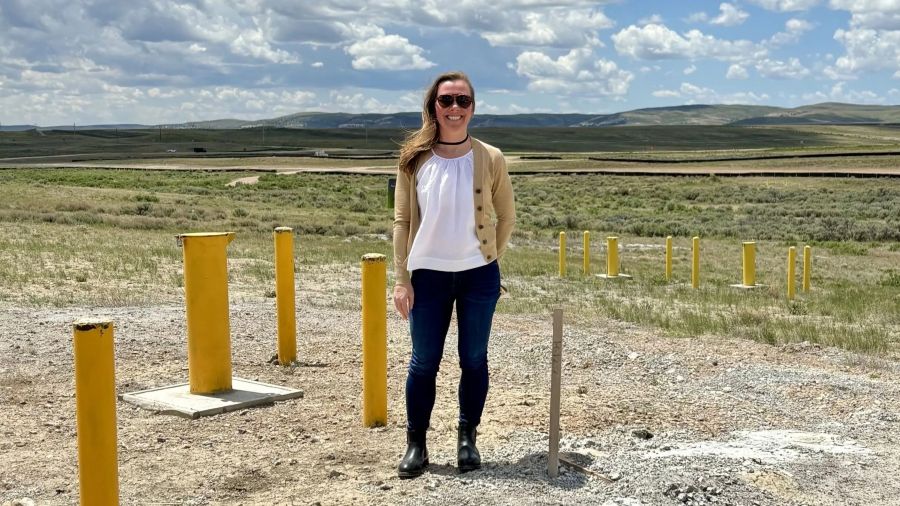Students Vie for Top Prizes at IAM3D and Old Guard Student Competitions
Students Vie for Top Prizes at IAM3D and Old Guard Student Competitions

In addition to hosting the championship round of the ASME Student Design Competition, the 2014 International Mechanical Engineering Congress and Exposition featured two other high-profile competitions for engineering students: the inaugural ASME Innovative Additive Manufacturing 3D (IAM3D) Challenge and the Old Guard Oral Competition. Both were held on Saturday Nov. 15 at the Palais des Congres in Montreal, Canada.
Twenty-one teams competed during the final round of the IAM3D Challenge, a new ASME competition that is designed to give undergraduate students from around the world the opportunity to re-engineer existing products or create new designs that minimize energy consumption or improve energy efficiency. Projects ranged from new twists on the design and production of ketchup and water bottles to 3D-printed wind turbine blades and goose decoys.

The Best Overall Award went to the team from Purdue University for its entry, FDM UAV, a 12-pound unmanned air vehicle that was designed to help farmers reliably monitor the condition of their crops over large areas. The vehicle, which is primarily composed of additive-manufactured parts, was designed by Eli Cohen and Jean Ruggiero of Purdue University, and Aaron Inouye, Brigham Young University, who received a $2,000 prize for their invention. The team’s two advisors, John Sullivan from Purdue University and Steven Gorrell from Brigham Young University, received $1,000.
The $2,000 prize for Most Innovative entry went to Eric Chapin, Tyler Taschner and Brandon Westrick from South Dakota State for their entry “Fishing Future,” a 3D printing process for fishing bobbers that enables the affordable customization in terms of bobber color, size, weight and design, while eliminating the creation of scrap material that results from the traditional method of manufacturing bobbers. The team’s advisor, Todd Letcher, received a $1,000 prize for supervising the team.

The $2,000 Best Presentation Award went to Maggie Serra of the Stevens Institute of Technology for her project, “the 3D Printed Granular Jamming Hand,” an open-source, highly customizable hand and forearm prosthesis that combines the technology of 3D printing with granular jamming, creating a dexterous prosthesis able to perform many low-strength, high-dexterity everyday tasks, such as opening doors and lifting glasses. Robert Chang, the advisor for the project, received $1,000.
A three-member team of students from Sheridan University and the University of Toronto won the $2,000 Best Re-engineering/Collaboration Award for its entry “Winds of Change,” a 3D-printed turbine blade that costs 98 percent less to produce that its injection-molded counterparts, while drastically cutting production time and material use. Team members Hargurdeep Singh from Sheridan College and Radhika Sagar and Narges Balouchestani Asli from the University of Toronto also received the People’s Choice Award, which was voted on by all of the teams at the competition. The team’s advisor, Scott Currie, received a $1,000 prize.

Twelve ASME student members competed at another ASME student contest, the Old Guard Oral Competition, which also took place on Nov. 15 at Congress. This annual competition was developed to emphasize the importance of the ability to deliver clear, concise and effective oral presentations on engineering topics. During the competition, each student delivers a 15-minute presentation followed by a five-minute Q&A period.
The contest’s first $2,000 first place prize was given to Anomitra Banerjee of the Birla Institute of Technology and Science (BITS) Pilani in Dubai for the presentation “Groundwater Remediation Through Nanoscale Iron Particles.” Brandon Horton from Virginia Institute of Technology won the $1,500 second prize for his presentation, “Analysis and Development of a Fully Articulated Robotic Bird.” A $1,000 third-prize was awarded to Michael Crump of Texas Tech for his presentation, “Subsea Fluid Connector,” while a fourth-place prize of $500 went to Joseph Kim from Yale University for “Using Artificial Microstructures to Understand Microstructure-Property Relationships in Metallic Glasses.”




